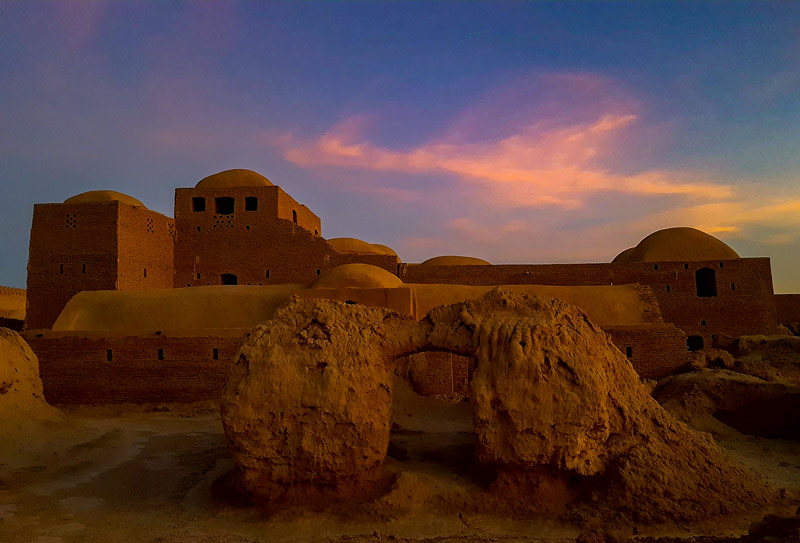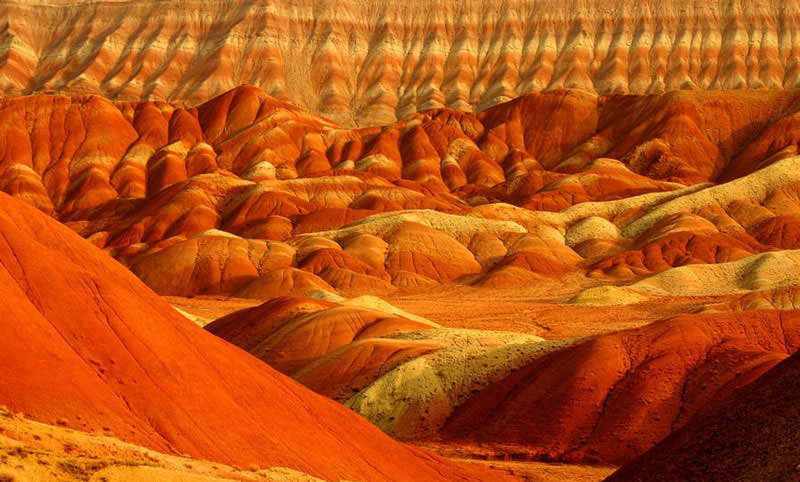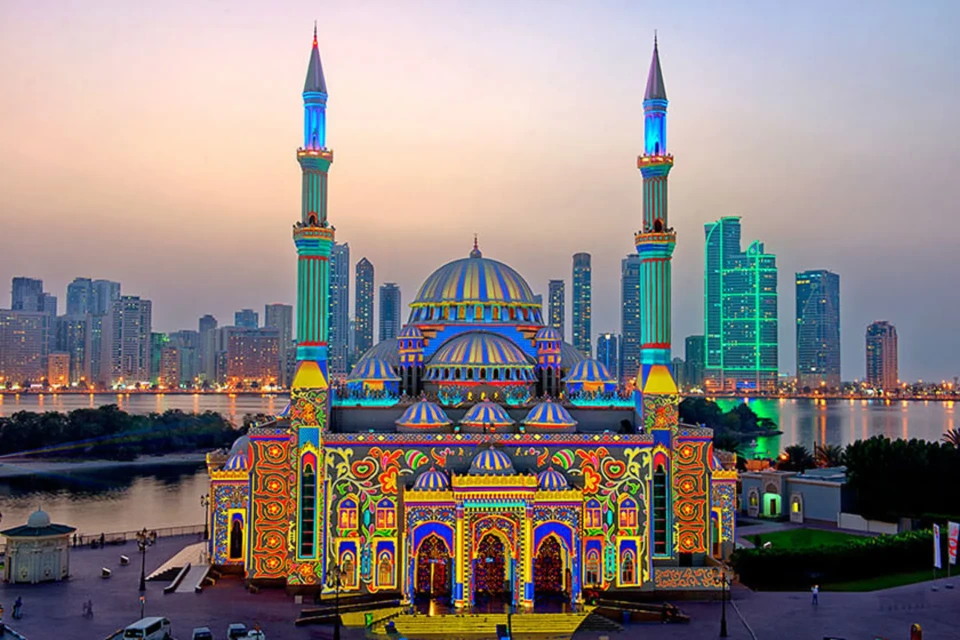Zabul : A Beautiful City in Sistan and Baluchestan Province
Zabul is a picturesque city located in the northeastern corner of Sistan and Baluchestan Province, Iran, boasting a wealth of historical landmarks. According to the 1390 census, Zabul had a population of 137,722 people.
About Zabul
Zabul County covers an area of 344 square kilometers and is bordered by Nimruz County to the north, Hirmand County to the east, and Hamun and Zahak counties to the south. The city is also adjacent to Hamun County in the west. The distance from the center of Zabul to the provincial capital is 207 kilometers. Zabul is situated 1,548 kilometers away from Tehran, with an elevation of 480 meters above sea level.
One notable feature of Zabul is the Khajeh and Rustam Mountains located to the west of the city. At the summit of Khajeh Mountain, there are engravings depicting the legendary hero Rustam holding a double-headed mace. In the southern foothills, the ruins of structures dating back to the Arsacid period are found, showcasing the former grandeur of this region.

History of Zabul
Hirmand, the oldest part of Zabul , is mentioned in historical inscriptions. Throughout the rule of the Achaemenids, Parthians, and Sassanians, various names were attributed to the Zabul region. In some texts, the land of Nimruz is described as the starting point, crossing Sistan, a theory that Iranian and Muslim scholars have substantiated.
Zabul today was once covered by sedimentary hills from ancient marine deposits. With a decrease in river water, parts of the area became arid, expanding the surrounding deserts. The connection of this region to the village of Hosseinabad led to the formation of a significant settlement. Later, the establishment of a military garrison underscored the importance of this area.
Climate of Zabul
Zabul experiences a desert climate, characterized by hot and dry conditions. The minimum temperature is recorded at 7 degrees Celsius in December, while the maximum temperature in July can exceed 45 degrees Celsius. Wind flow is present throughout the year, with 120 days of strong westward winds. In the summer, these winds blow from the northeast to the southeast. The maximum wind speed, reaching 100 kilometers per hour, displaces sand dunes, forming sandstorms and dust devils.
Due to the high concentration of airborne particles, Zabul is listed among the most polluted cities globally.
Local Attire of Zabul
The local attire in many Zabul regions resembles the traditional clothing of Sistan and Baluchestan. Men’s clothing includes a headscarf, headgear, shirt, and trousers. The headscarf, locally known as “Langooteh,” is mostly white. Men’s shirts are long, extending to the knees, and come in three styles: plain, chindar (collared), and Turk-dar (with folds). The collared type starts below the waist. Regardless of the shirt style, trousers are either plain or chindar. Embroidery is applied to the clothing worn during ceremonies and by affluent individuals.
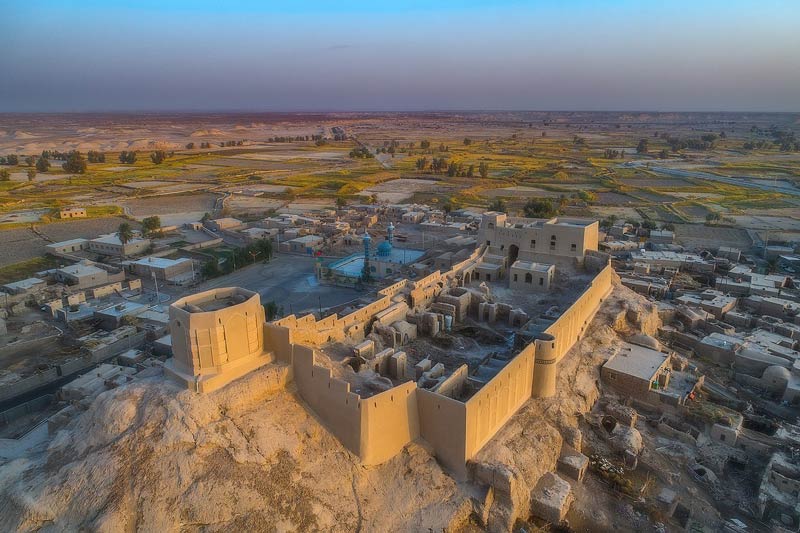
Men in Zabul wear a vest over their shirts, known as “Basket” or “Jeligha.” The local dialect refers to trousers as “Tomo” and shirts as “Paner.” The Turk-dar style consists of a minimum of 34 folds, extending from the sleeve hem to the bottom. Additionally, Sistani men wear a waistcoat over their shirts, called “Baskat” or “Jeligha.” The clothing of Sistani men shares some similarities with the attire of contemporary Khorasan residents.
Men’s footwear comes in two types: “Chapli” or “Chapt,” and “Taraqi.” Taraqi is made from cowhide, and the sole is made of worn-out rubber, with straps arranged like a grid and sewn with leather.
The attire of Sistani and Zabul women is simple yet adorned with beautiful needlework. Notable garments include the headscarf or Chareqad, a band, and a hat. The beauty of Baluch women’s clothing is enhanced by gold jewelry and ornaments, a traditional and authentic art form of the region.
Customs and Traditions of Zabul People
Sistanian Sword Dance
Zabul , with its rich culture, embraces various unique customs and rituals that may be unfamiliar to many. In this section, we will explore some beautiful and interesting ceremonies.
One of the prominent celebrations in the culture of Zabul is the Wheat Harvest Festival. This event takes place during the wheat harvest, where people engage in dancing and foot stomping. During religious ceremonies such as Eid al-Fitr, Eid al-Ghadir, Eid al-Qurban, the Prophet’s Ascension, and the birth of Imam Ali, people visit the graves and prepare a local sweet called “Chelak.”
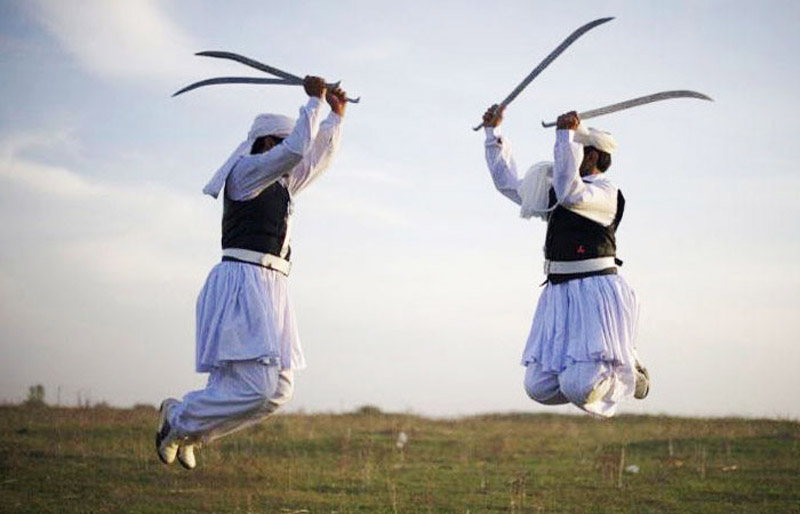
Ramadan and Sahar Khani are two significant rituals in this region during the blessed month of Ramadan, each with its unique characteristics. Historical records suggest that Sahar Khani and Ramadan rituals have been customary among the residents for around 1400 years, dating back to the early days of Islam. In Sahar Khani, performed on nights 12 to 17 of Ramadan, groups of youth and adolescents gather in front of people’s homes, reciting local poems with resonant voices. One of these poems goes, “Ramadhan Allah Allah Ramadhan, Ramadhan Allah Khoshnum Khuda, Ramadhan Oomade Mehmanash koneh, Goo Goo Saleh Raha Qorboonash koneh, Ay Sara az Kineh ke Koolak dare, Age Fehmo Sabiyo Bork dare, Ay Sara az Kineh ke Roo o Bada, Do Pesar dare ke No Damade.”
One of the beloved dances in this region is the Sword Dance.
Handicrafts of Zabul
Among the popular handicrafts of the Sistan region and Zabul city are needlework, cream embroidery, prayer rug embroidery, black embroidery, coin embroidery, mirror embroidery, mat weaving, mat bag weaving, sisal weaving, and jewelry making. Additionally, traditional crafts include palm leaf weaving, basket weaving, and the production of accessories.
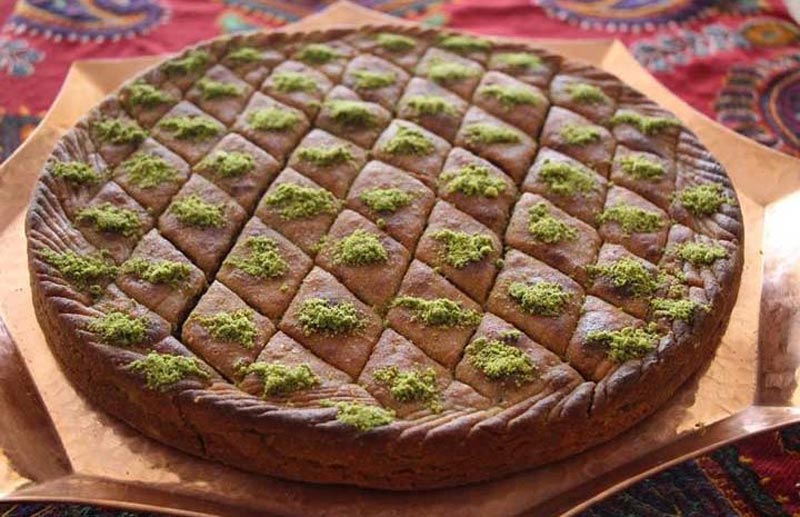
Local Cuisine of Zabul
Local dishes in Sistan include Chogali, Ghloor, Achar, Kashk Zard, Gandum Shir, Omlet Souzi, Tajgi, Pouri, Shourou, Lando, Latti, Gandum Brio, Kashk Koli, Khorma Brio, Ashkenah Keshte, Chooli, Borek, Doogh Bor, Mahi Shirpaz, Rokhmi, Ghoreh, Pouch, Qotlame Digi, Ashkenah Ard Dastmal, Ojizak, Ashkenah Anar Teresh, Garmast, Reshte Brio, Ojizak Geshniz, Kolooche Ghandi, Kolooche Khorramayi, Aard Dastmal, Korgi, Ghotow Sistani, Shirinak, Watermelon Syrup, and Chomche Reezak.
Local bread and pastries from Zabul are highly renowned. Among the most popular local pastries are Nan Roghni, Chelak, Khormayi Kolooche, and Ghandi Kolooche.
Tourist Attractions in Zabul
Given the historical background of Zabul , numerous historical buildings and ancient sites are scattered across the region. One of the most popular historical sites is the Rustam Castle. Located 60 kilometers southwest of Zabul , unfortunately, this castle has suffered neglect and weathering over time. Archaeological excavations have not been conducted yet, but fragments of glazed and unglazed pottery indicate a long history.
Other historical landmarks in Zabul include Kahk Kazad Castle, Bqiyyatollah Complex, Belgian Customs, French Caravanserai, Abode of Hozeh Dar, Bank of Iran and England, Museum of Anthropology, Khwaja Gholam’s Mausoleum, and Gholaman Valley.
Historical village of Qalehno, Shikarmamnoe Forbidden Area, Red Lip Hunting Ground, and Shileh Forest are among the pleasant and tourist-friendly places in Zabul .

